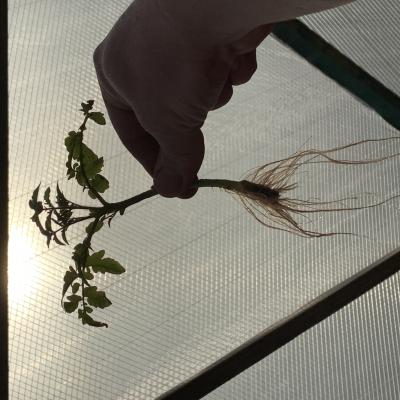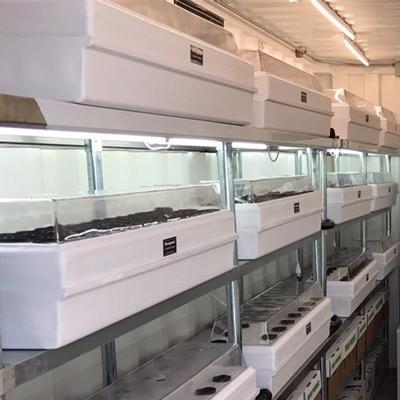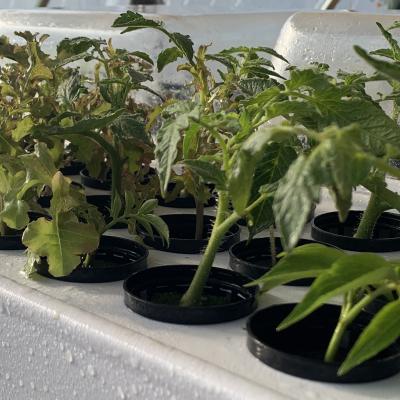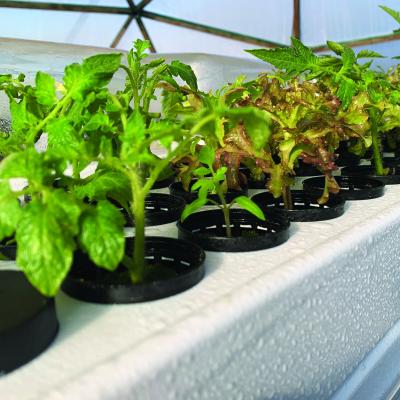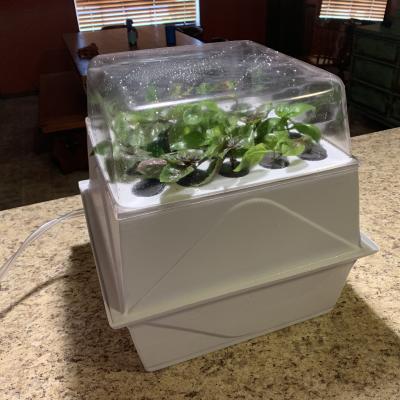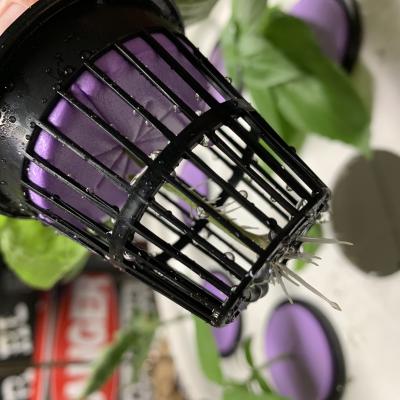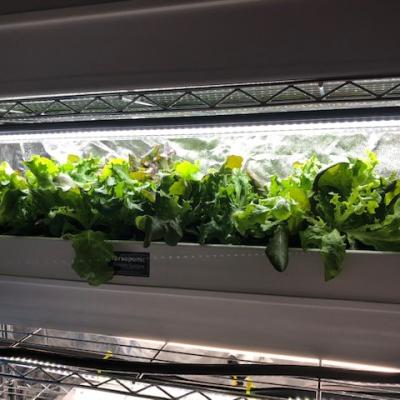Cannabis cultivation is as much an art as it is a science, and mastering the nuances of plant growth is essential for a successful harvest. One of the critical factors in this process is Vapor Pressure Deficit (VPD), a concept that plays a pivotal role in cannabis cultivation.
What is VPD?
VPD stands for Vapor Pressure Deficit, and it's essentially the difference between the vapor pressure within a plant and the vapor pressure of the air surrounding the plant. While it might sound complex, VPD primarily governs a fundamental plant process - transpiration. Transpiration is the plant's way of 'sweating,' or evaporating water from its stems, leaves, and flowers. This process is vital for maintaining the plant's health and facilitating nutrient uptake.
The Balance of VPD
VPD is all about balance. The key is to ensure that the humidity and air pressure surrounding the plant align with, or are close to, the plant's internal conditions. When VPD deviates too much in either direction, problems can arise.
High VPD: When the air pressure outside the plant is too low compared to the plant's internal conditions, it can lead to issues like mold and root rot. This happens because the plant has to work harder to retain moisture, and in the process, it can create an environment conducive to mold and other diseases.
Low VPD: Conversely, if the air pressure outside the plant is too high, it can hinder the transpiration process. The plant struggles to move water and nutrients effectively, which can impede its growth and development.
Adapting to Growth Stages
Different stages of a cannabis plant's life require different VPD values for optimal growth. During the vegetative stage, a VPD range of 0.8-1.1 (kPa) is most beneficial. This period is about robust growth and lush foliage. In the flowering stage, a VPD range of 1.0-1.5 (kPa) is ideal. This phase is crucial for bud development and resin production.
The Importance of Consistency
Consistency is key when dealing with VPD. Plants thrive in stable environments. To ensure an optimal yield, maintaining a consistent temperature, humidity, and air pressure is vital throughout the plant's life cycle.
In conclusion, while VPD might seem like a complex concept, it's an essential factor in cannabis cultivation. By understanding and carefully managing VPD, cultivators can help their plants thrive, ensuring healthier growth and higher yields.

